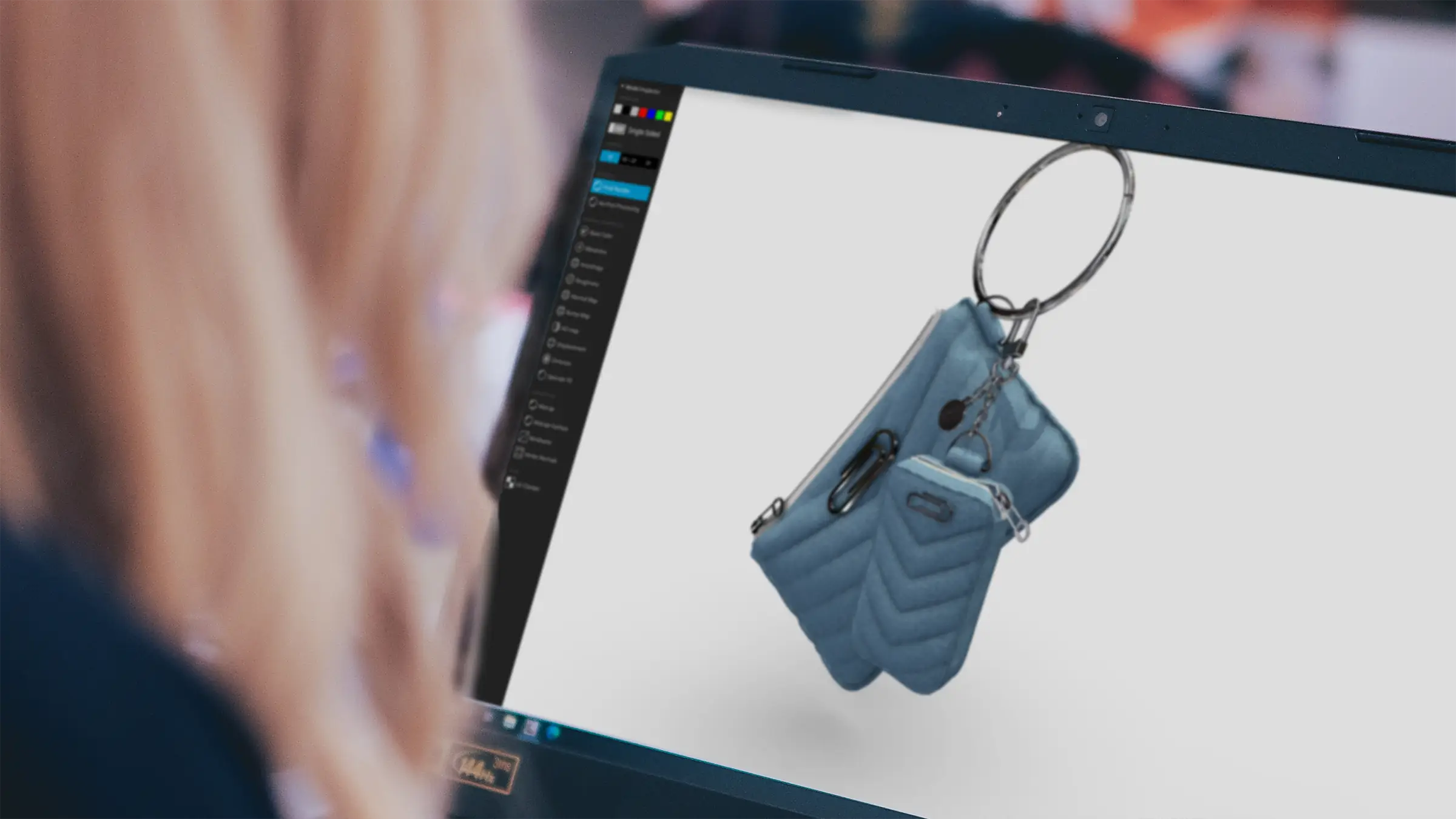Today, 3D is becoming an increasingly popular technology in the bags industry. The uses are mainly two: an internal use for design verification among different business teams and an external use for interacting with consumers on digital channels (e.g. with product configurators).
Intakes
Aug 26, 2024 - Sep 26, 2024
Class schedule
Monday - Thursday
Morning 9:00AM - 12:30AM
Afternoon 1:30PM - 5:00PM
Tuition fees
€ 4,500.00
This course focuses on three main topics: 3D tools for 3D bag design, generalist 3D tools that are used for 3D design and metal accessories design, material digitization and rendering. More specifically 3D bag design with CLO3D, 3D metal accessories focus with Rhino, PBR materials and rendering.
We chose CLO 3D as our industry 3D tool. It’s a software that comes from apparel and we’re working with the company that develops it so that it can reach full maturity for bags as soon as possible.
However, CLO has an extraordinary feature that has made it the first choice of the biggest brands in leather goods as well: the software is able to simulate the physical behavior that materials have in reality and therefore unlike most CAD, 3D designs produce product images of unparalleled realism.
You can also follow this course remotely with the aid of pre-recorded lessons and weekly live reviews with the teacher.
If you’re interested in this attendance modality, contact us.
However, there are good reasons to teach a more generalist 3D modeling tool: first of all the extremely affordable price, the amount of online resources available, the continuous updating and the possibility to exchange data with many other tools within a digital workflow: in Arsutoria we have chosen Rhinoceros because it is widely used by 3D designers all over the world and it lends itself to be used for 3D design and modeling of metal accessories of bags.
We decided to include in the course the topic of material digitization and rendering technologies.
Digitization is the evolution of the simple scanning of a material: today it is possible to build very sophisticated digital versions of materials (PBR) with impressive characteristics for three-dimensional visualization.
Finally, render tools allow you to create virtual prototype images of bags that are difficult to distinguish from physical samples.
The course requires a familiarity with the use of computers and a basic knowledge of graphics software.
We do not recommend attending this course without having this kind of foundation or without having attended our Bag design course
Need more information?
Fill out the form, get in touch with our Admissions Team.
Tell us about yourself, your path and your goals. Let's try to understand together if this is the right school for you and which class could be more appropriate for your your training needs.
No spam, we promise :)

